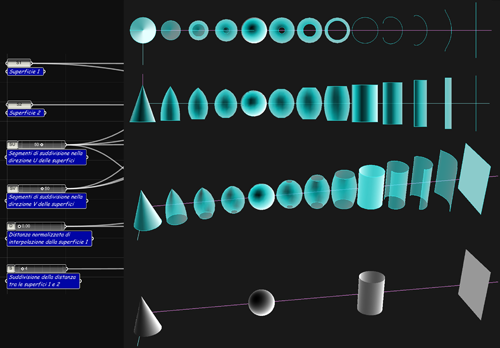The scientificity of research method is the product of human being’s capacity to motivate his actions with the knowledge, interacting between reason and instinct and allowing the thought to guide and bring out the intuition. Many philosophers, including David Hume with A Treatise of Human Nature (1739-1740), consider the reason as a universal faculty that is used both by human beings and, in theory, by animals:
The man always studies the world around him continuously using faculties as invention, creativity and fantasy, that are concretely investigated by the artist and designer Bruno Munari in Fantasia (1977), which represent the result of applying research logics in different disciplines of the human knowledge. Starting from these considerations, how can design be collocated between the scientific and artistic matters? Primarily considering that art is, as the german philosopher and sociologist Theodor Adorno supports in Aesthetic Theory (1970), the rationality that criticises the rationality without avoiding it:
Based on this analysis and on the studies conducted by Munari in Da cosa nasce cosa (1981) related to the search for a design methodology, it is possible to bring out the method’s scientificity in general ambit:
The methodological evolution in the digital age can be understood in the meaning that modelling assumes in generative design. From researches of the generative designer Celestino Soddu (http://www.argenia.it/), in particular from the concept of idea that evolves following transformation logics, it is possible to understand the way in which modeling becomes integrant part of the generation process of no more unique solution:
This interpretation of generative design is part of the theoretical path of Antonio Turiello's degree thesis entitled Generative geometric modeling: an algorithmic approach, whose intent is to analyze an approach to generative modeling based on the algorithmic logic through some applications in the field of geometric modeling, an ambit of study that is basilar for the activity of the designer:
 Form as generative process: geometric transformation
Form as generative process: geometric transformation
 Process as generation tool: algorithmic definition
Process as generation tool: algorithmic definition
 Tool as generator design: multiple solution
Tool as generator design: multiple solution
